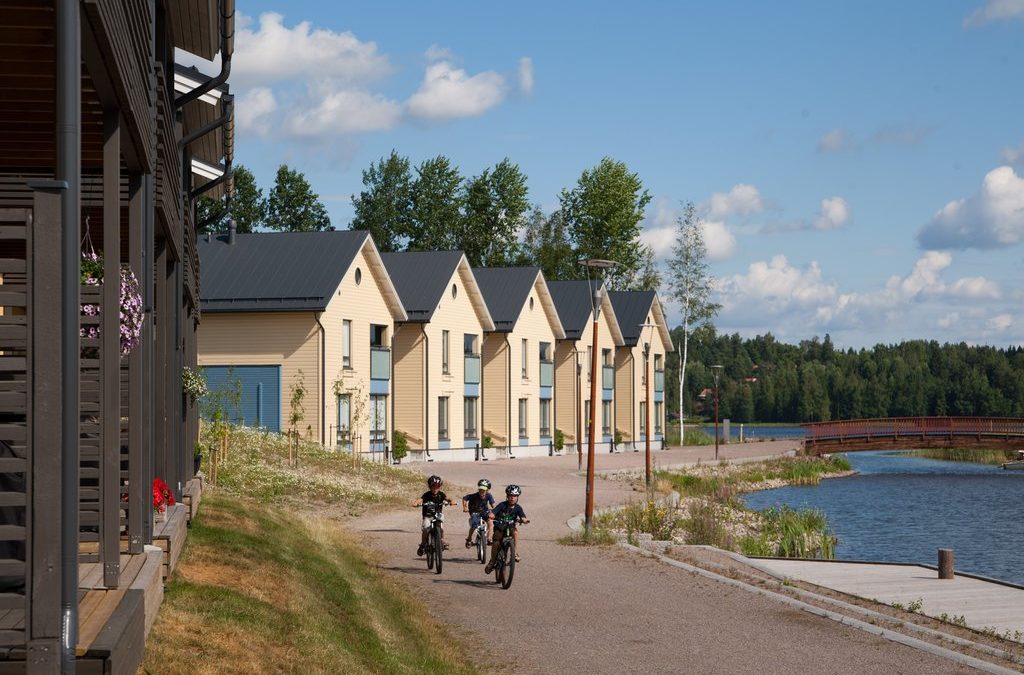What are urban-ural innovation linkages? Where do next-to-metropolitan areas stand?
Next2Met project, led by Päijät-Häme Region, addresses the challenges of next-to-met territories by means of soft digitalisation. Find out more about them and their role in the “New Normal” post-Covid scenario.
On 12 January 2021 Next2Met participated in the online discussion on the concept of urban-rural innovation linkages on the invitation by the Interreg Europe Policy Learning Platform.
Experts in this field explained the concept of urban-rural linkages, which emerges to respond to the disconnection and dichotomy between rural and urban areas and explored together with European regions how innovation linkages between different sectors can benefit regional economic development.
Next-to-metropolitan areas are particularly relevant in this discussion, as they are located between big cities and rural villages and therefore can offer a new perspective on the concept of innovation linkages in-between these two types of territories. As underlined by Andres Sanabria, OECD Regional Development and Tourism Division, “since the 2009 financial crisis, regions near metropolitan areas have tended to perform better and build stronger urban-rural linkages compared to remote regions or regions with Small- and Medium-Sized Towns (SMSTs)” (Interreg Europe, 2021). Next2Met Good Practices, such as Barcelona Provincial Council’s Smart Regional Platform, whose aim is to harness the potential offered by the large amounts of data generated by cities, villages and communities to improve local innovation, efficiency and transparency, as well as Lower Austria’s House of Digitalisation – lighthouse project of the regional digitalization strategy, demonstrate the potential of next-to-met areas to bridge the urban/rural divide and foster local development by using soft digitalisation measures.
Furthermore, next-to-met areas become crucial in the current Covid-19 context and in the “New Normal” discourse, characterised by the search for new ways of living and working (e.g attraction for less populated and more natural areas, remote work, co-working spaces, innovative hubs), where citizen participation and the use of a bottom-up approach will be very important to re-create a sense of belonging, which is often longed for both in next-to-metropolitan areas and in the Covid-19 era.
– For more information on the Next2Met project, check our Website, Twitter and Facebook –


